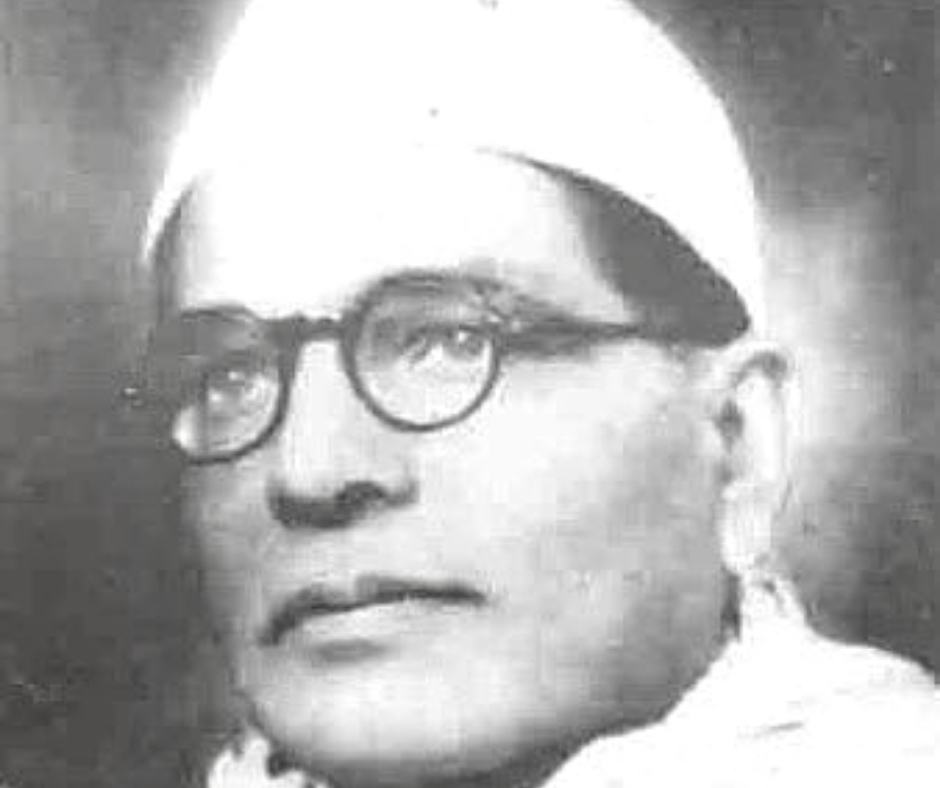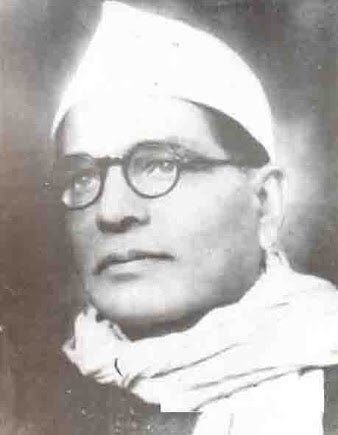Long Before Dandi March, the Hills of Kumaon Showed India the Power of Ahimsa!
The year was 1921. In the hills of Uttarakhand, an incredible movement was born that would go on to be named the 'Bloodless Revolution' by Mahatma Gandhi. #History #ForgottenHeroes

In modern Indian history, the Non-Cooperation Movement, led by Mahatma Gandhi (1920-1922), which was based on the twin principles of non-violence and satyagraha, stands as the first significant mass movement for the cause of Indian Independence.
The movement also spawned several successful regional versions, and one such resistance against colonial rule was the movement against the practice of Coolie-Begar in the Kumaon region of present-day Uttarakhand.
What exactly was this colonial practice?
Sanctioned by British law in 1913, Coolie Begar referred to a system whereby the residents of a village were compelled to provide free porter services for travelling British officials.
A register listing their names was kept with the village head, and he would alternatively assign this work to the villagers. They were also ordered to perform other menial tasks like cleaning the garbage or washing their clothes.
Tired of this constant exploitation, the Kumaon Parishad (a local social reformist movement which eventually merged with the Indian National Congress in 1926) began to oppose this unfair practice.
In Almora, Badri Datt Pandey led the protests, writing column after column against this practice in his publication, Almora Akhbar.
In 1920, during the annual Indian National Congress convention in Nagpur attended by the likes of Govind Ballabh Pant and Badri Datt Pandey, Mahatma Gandhi himself offered his blessings and the full support of the party for this movement.

Thus, on January 13, 1921, during the occasion of the Uttarayani Mela celebrated during Makar Sankranti, leaders of the Kumaon Parishad gathered on the confluence of the Saryu and Gomati rivers, despite warnings issued by the local District Magistrate.
They were led by led by Badri Pandey, Pandit Hargobind Pant and Lala Chiranjilal.
People from different villages gathered in droves, attended a prayer at the Bagnath Temple and then, a crowd of nearly 40,000 moved to the confluence raising flags and banners with “End Coolie Begar” inscribed on them.
At the gathering, Badri Pandey asked everyone present to take an oath saying,
“Taking the water of the sacred Saryu, and with the Bagnath temple as a witness, we pledge that we will not tolerate ‘Coolie Utar,’ ‘Coolie Begar,’ and ‘Coolie Burdayash’ anymore.”
Here is an explanation of the all three terms offered by historian Shekhar Pathak is his research paper ‘The Begar Abolition Movements in British Kumaun.’
“There were three forms of begar, viz, coolie begar, coolie utar, and coolie burdayash. All these were commonly referred to as coolie begar. However, coolie begar specifically meant forced labour without payment. Coolie utar was different in that it carried an obligation of minimum wage payment, although often it was taken without payment. Finally, coolie burdayas referred to the extraction of different forms of produce—food, fuel, fodder, etc.—for officials, soldiers, hunters, surveyors, tourists, and their animals.”
Also Read: Govind Ballabh Pant: Why UP’s 1st CM Was Also One of The Makers of Modern India
For the last, there was a provision for payment, but once again subject to unfair conditions.
Coming back to the events of the day, people repeated the oath and village heads who opposed these exploitative practices, brought their registers and flung them into the confluence of the two rivers.
Witnessing these events, the Deputy Commissioner of the Almora district, wanted to open fire at the protesters but with his men outnumbered, chose not to. Hence, this culminated in a successful non-violent resistance.
The implications of this movement were massive. From thereon, people of the region refused to offer their services and pay the fines that came with this refusal.
“The waves of [the] Bageshwar victory reached every village of Kumaon. It became impossible for the government to suppress the people. In the last 106 years, the British government had never been so helpless and humiliated…,” inform Shekhar Pathak and Hira Bhakuni, in their academic paper ‘Rise and Growth of Kumaon Parishad, 1916-26.’
Eventually, the government authorities had no choice but to end this exploitative practice by tabling and passing a piece of legislation in 1923.
Mahatma Gandhi also offered effusive praise for the movement, saying, “its effect was complete, it was a bloodless revolution.”
Following the success of this movement, the people of Kumaon gave Badri Datt Pandey the honorific ‘Kumaon Kesari‘ (Lion of Kumaon). He went onto become a historian and Member of Parliament from Almora constituency following Independence, before his eventual demise in February 1965.
The message sent by the historic movement to the subsequent movements against British rule was that disciplined non-violent agitation could generate spectacular results.
The momentum generated by people’s movements like Coolie-Begar would accelerate our march to freedom on August 15, 1947.
(Edited by Gayatri Mishra)
Like this story? Or have something to share?
Write to us: [email protected]
Connect with us on Facebook and Twitter
This story made me
- 97
- 121
- 89
- 167
Tell Us More
We bring stories straight from the heart of India, to inspire millions and create a wave of impact. Our positive movement is growing bigger everyday, and we would love for you to join it.
Please contribute whatever you can, every little penny helps our team in bringing you more stories that support dreams and spread hope.



















